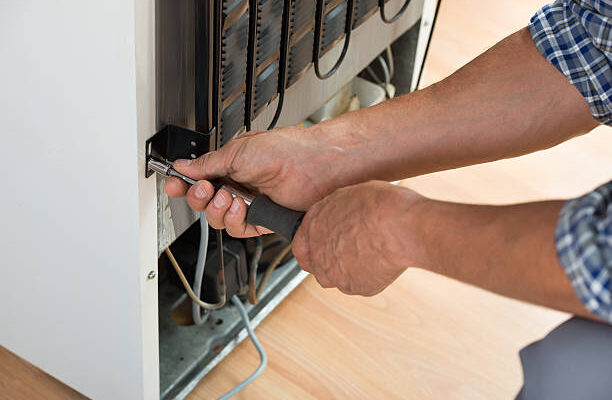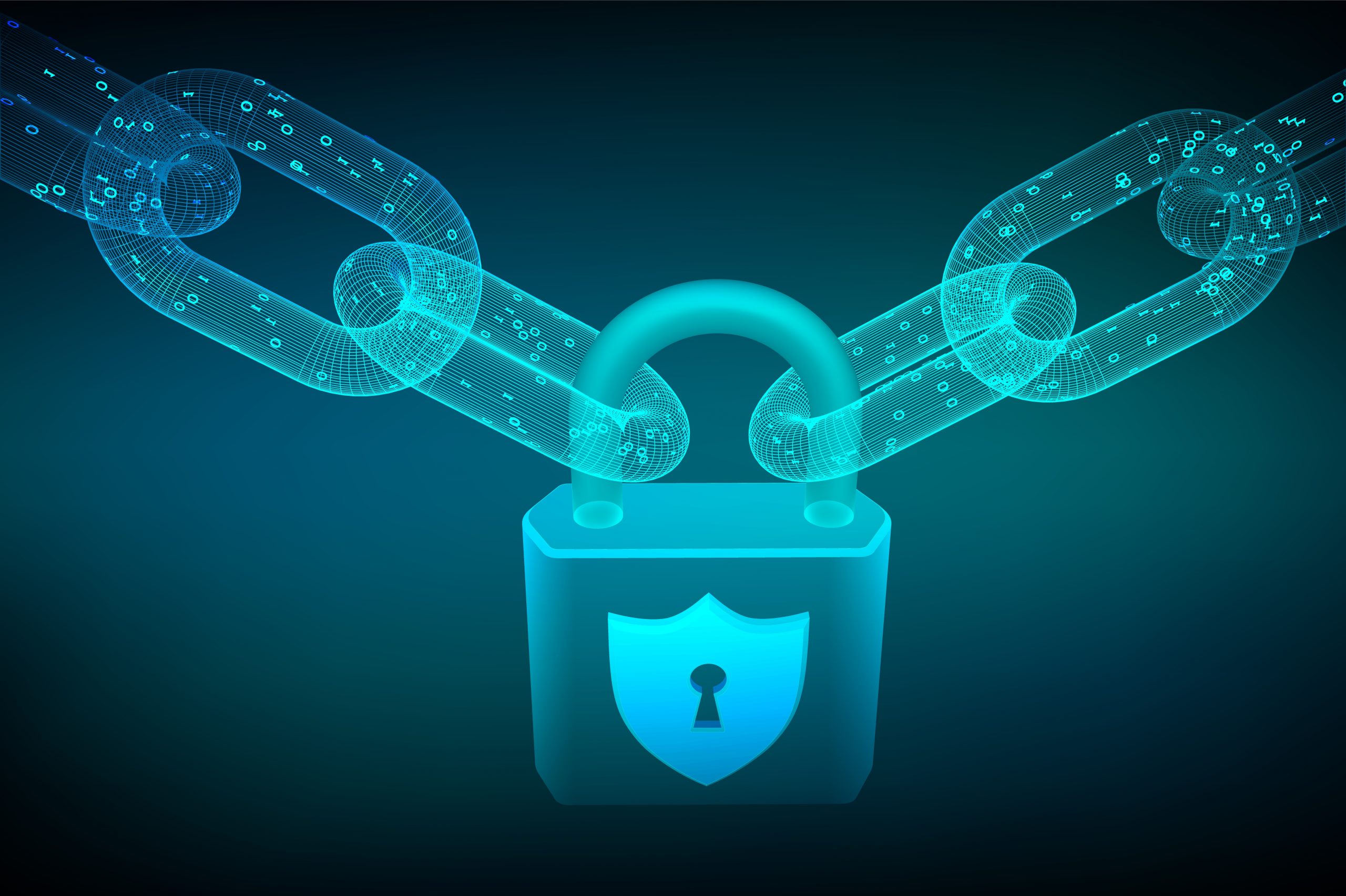Is your Sub Zero refrigerator not cooling as it should? This can be a real headache, especially when you rely on it to keep your food fresh. A malfunctioning refrigerator can disrupt your daily routine and potentially lead to food spoilage. Understanding the common issues and knowing how to fix them can save you time, money, and frustration. In this article, we’ll walk you through the top solutions for when your Sub Zero refrigerator isn’t cooling.
Understanding Your Sub Zero Refrigerator
To troubleshoot your refrigerator effectively, it’s essential to understand its basic components and how the cooling system works. Sub Zero refrigerators are known for their quality and advanced features, but like any appliance, they can encounter problems.
Common Reasons for Cooling Issues
Several factors can cause your Sub Zero refrigerator to stop cooling:
Thermostat Problems
The thermostat controls the temperature inside your refrigerator. If it’s faulty, your fridge might not maintain the right temperature.
Blocked Vents
Airflow is crucial for proper cooling. Blocked vents can restrict airflow, leading to inadequate cooling.
Dirty Condenser Coils
Condenser coils release heat from the refrigerator. If they’re dirty, they can’t release heat efficiently, causing cooling issues.
Faulty Compressor
The compressor is the heart of your refrigerator’s cooling system. If it fails, your fridge won’t cool properly.
Door Seal Problems
A faulty door seal can let warm air into the fridge, making it hard to maintain the correct temperature.
Diagnosing the Problem
Before you start fixing your refrigerator, you need to diagnose the problem. Here’s a step-by-step guide:
- Check the Thermostat: Ensure it’s set to the correct temperature.
- Inspect the Vents: Make sure they’re not blocked.
- Clean the Condenser Coils: Remove any dust and debris.
- Listen to the Compressor: If it’s making unusual noises, it might be faulty.
- Examine the Door Seal: Look for any gaps or cracks.
Thermostat Problems
If you suspect a thermostat issue, here’s what you can do:
Identifying Thermostat Issues
- Check if the fridge temperature matches the thermostat setting.
- If not, the thermostat might be faulty.
How to Fix or Replace the Thermostat
- Turn off the power to the fridge.
- Locate the thermostat (usually in the fridge compartment).
- Remove the cover and disconnect the wires.
- Replace the old thermostat with a new one.
- Reconnect the wires and replace the cover.
- Turn the power back on and set the desired temperature.
Blocked Vents
Blocked vents can severely impact your refrigerator’s cooling performance.
How to Check for Vent Blockages
- Locate the vents inside the fridge and freezer.
- Ensure there’s nothing obstructing them.
Solutions for Clearing Blocked Vents
- Remove any items blocking the vents.
- Clean the vents with a soft brush or cloth.
Dirty Condenser Coils
Keeping the condenser coils clean is crucial for efficient cooling.
Importance of Clean Coils
- Dirty coils can cause the fridge to overheat and stop cooling.
How to Clean Condenser Coils
- Unplug the refrigerator.
- Locate the condenser coils (usually at the back or bottom).
- Use a vacuum cleaner or coil brush to remove dust and debris.
- Plug the refrigerator back in and check if it’s cooling properly.
Faulty Compressor
A faulty compressor is a serious issue but can be diagnosed and sometimes fixed.
Signs of a Failing Compressor
- Loud or unusual noises.
- The refrigerator is not cooling l.
Repair vs. Replacement
- Repair: Sometimes, a professional can repair the compressor.
- Replacement: In some cases, it’s more cost-effective to replace the compressor or even the entire fridge.
Door Seal Problems
A good seal is essential to maintain the right temperature.
Checking the Door Seal
- Inspect the seal for any cracks or gaps.
Replacing a Faulty Seal
- Purchase a replacement seal compatible with your fridge model.
- Remove the old seal and install the new one, ensuring it’s properly aligned.
When to Call a Professional
Sometimes, it’s best to call in a professional. Here’s when:
- If you’re unsure about the problem.
- If the issue is with the compressor.
- If you’ve tried all the above solutions and the fridge still isn’t cooling.
Preventative Maintenance Tips
Regular maintenance can prevent many cooling issues.
Regular Cleaning and Checks
- Clean the condenser coils regularly.
- Check the door seal periodically.
- Ensure vents are always clear.
Best Practices for Longevity
- Don’t overload the fridge.
- Keep the fridge at the recommended temperature.
- Avoid placing hot food directly into the fridge.
DIY vs. Professional Repairs
Deciding between DIY and Sub Zero appliance repair depends on the issue and your comfort level.
Pros and Cons of DIY Repairs
- Pros: Cost-effective, quick solutions.
- Cons: Risk of incorrect repairs, potential safety hazards.
When to Opt for Professional Help
- For complex issues like compressor problems.
- If you’re not confident in your DIY skills.
Budget-Friendly Solutions
- Regular maintenance to prevent costly repairs.
- DIY fixes for minor issues.
Conclusion
Maintaining your Sub Zero refrigerator doesn’t have to be daunting. By understanding common issues and how to address them, you can keep your appliance running smoothly and efficiently. Remember, regular maintenance is key to avoiding major problems. If you ever feel out of your depth, don’t hesitate to call a professional.








Comments